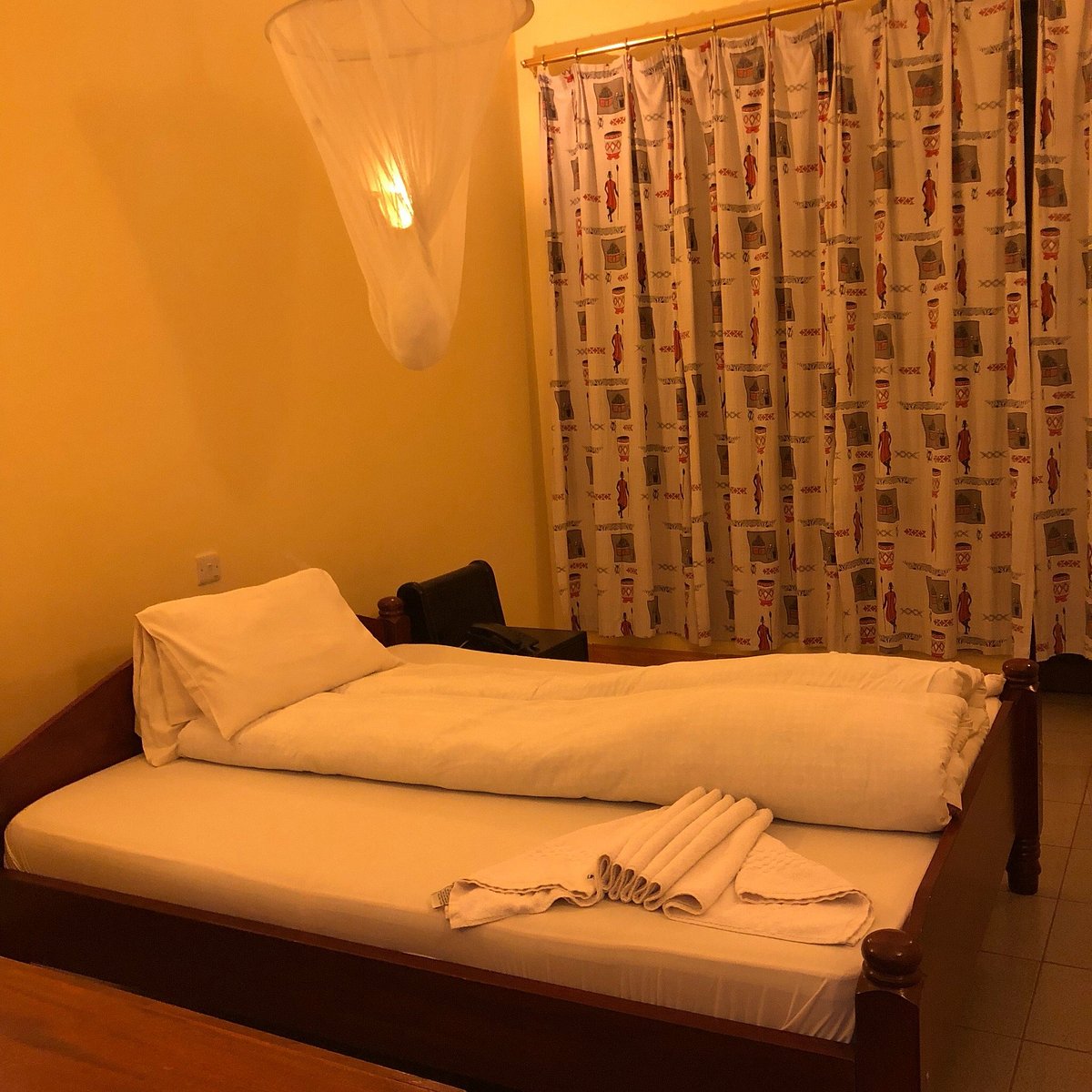
Neebar African Safari
Overview
Mount Kilimanjaro, located in northeastern Tanzania, is Africa’s highest peak and one of the world’s most iconic free-standing mountains. It rises majestically to a height of 5,895 meters (19,341 feet) above sea level.
Known for its snow-capped summit and diverse ecological zones, Kilimanjaro attracts trekkers from all around the globe. Climbers pass through tropical rainforests, moorlands, alpine deserts, and arctic summits, making the journey both scenic and challenging.
Whether you're an experienced mountaineer or a first-time adventurer, conquering Kilimanjaro offers a once-in-a-lifetime experience, combining natural beauty, cultural richness, and personal achievement.

Top Activities on Mount Kilimanjaro
Climb to the Summit.jfif)
Climb to the Summit
Embark on the iconic trek to Uhuru Peak, the highest point in Africa at 5,895 meters.
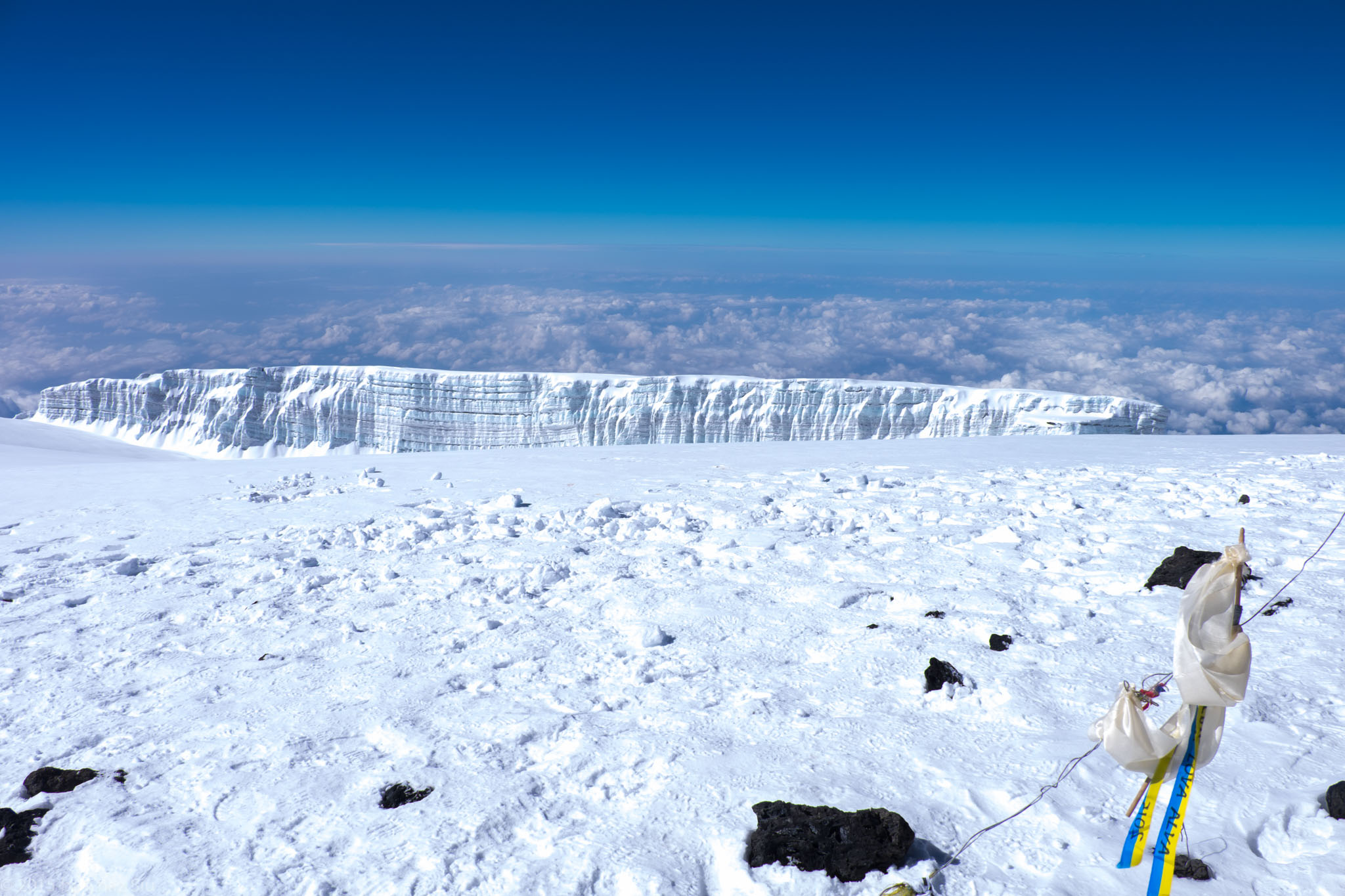
See the Glaciers
Explore the beautiful and endangered glaciers that cap the summit of Kilimanjaro.
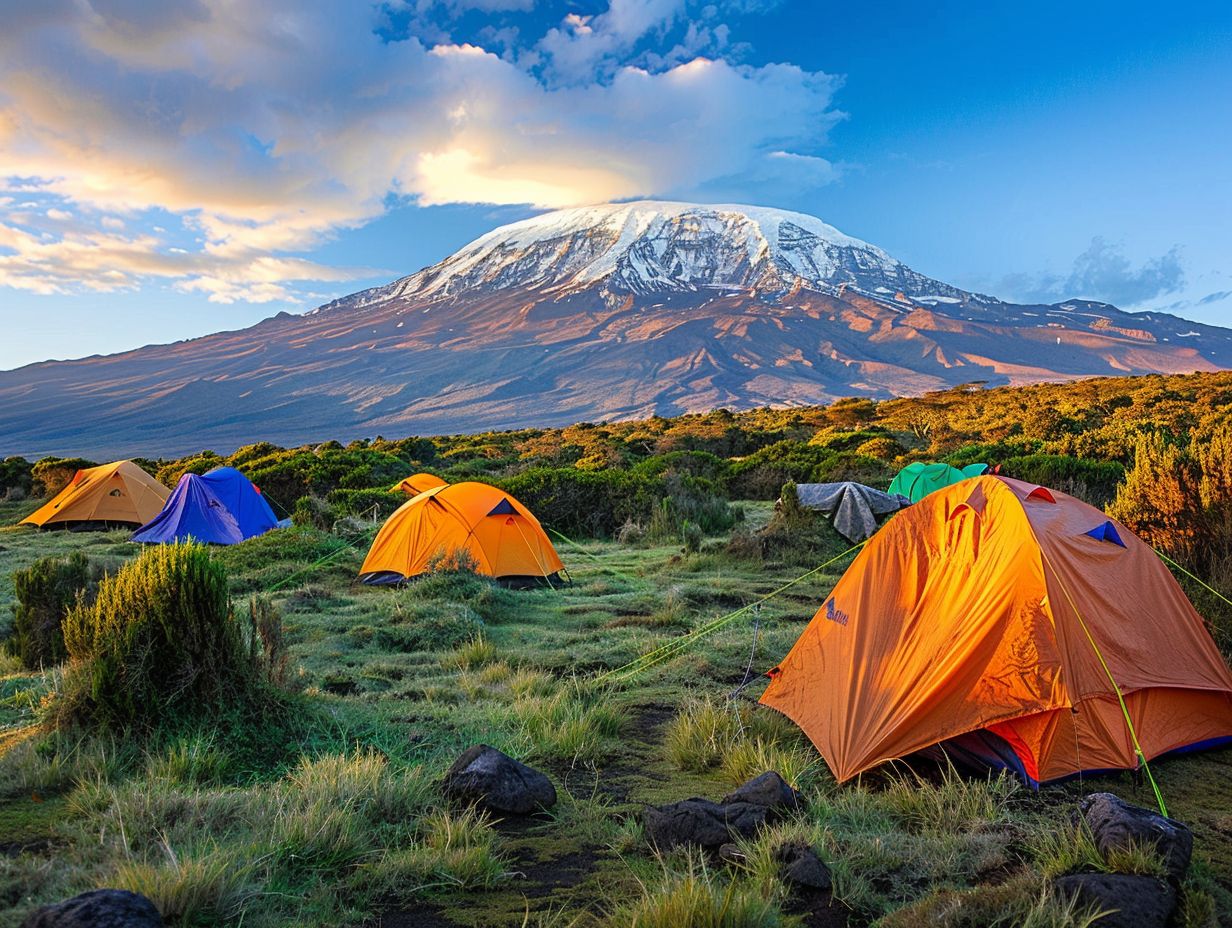
Mountain Camping
Experience camping in scenic alpine zones along different trekking routes.
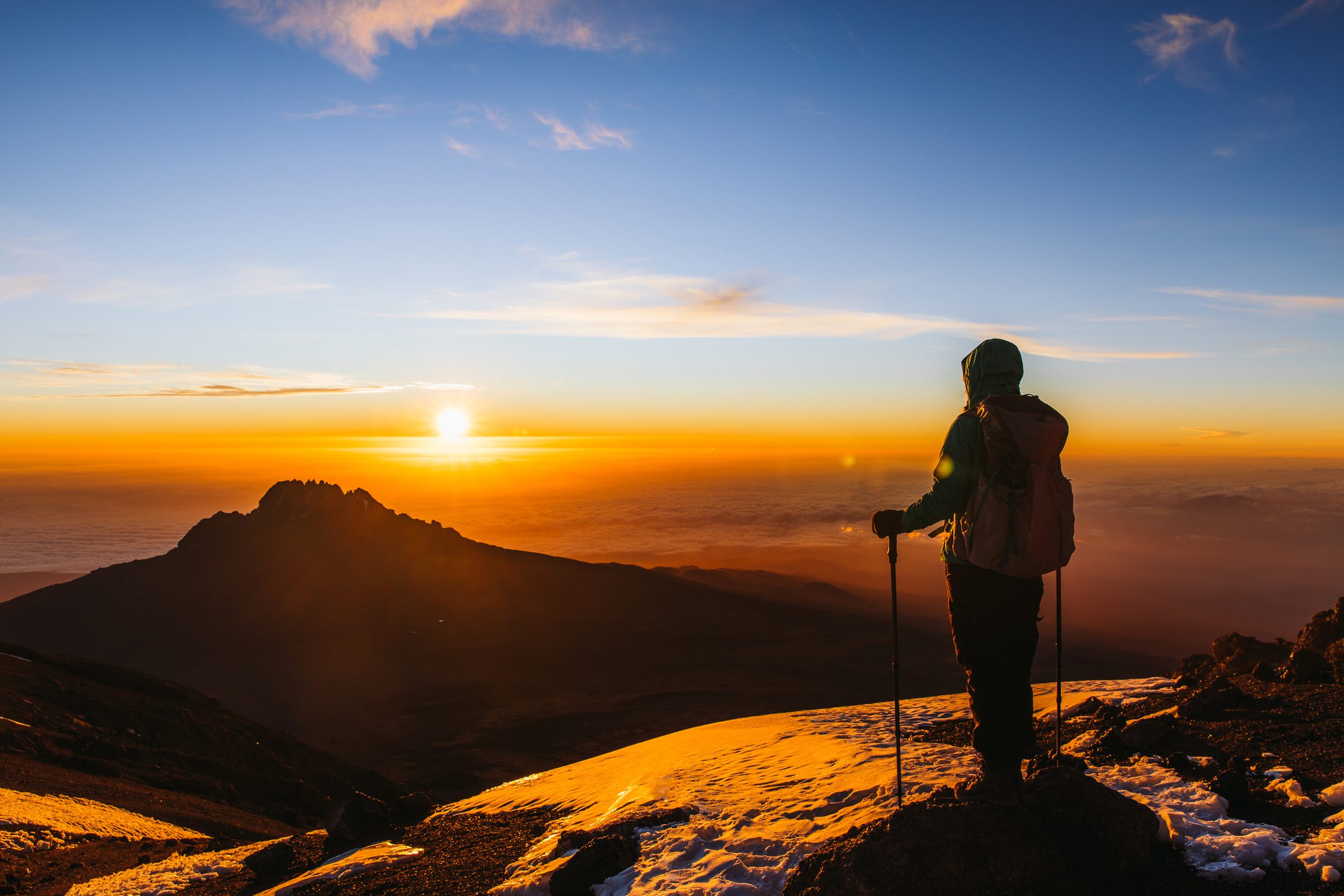
Watch Sunrise from the Summit
Witness a breathtaking sunrise from above the clouds at the roof of Africa.
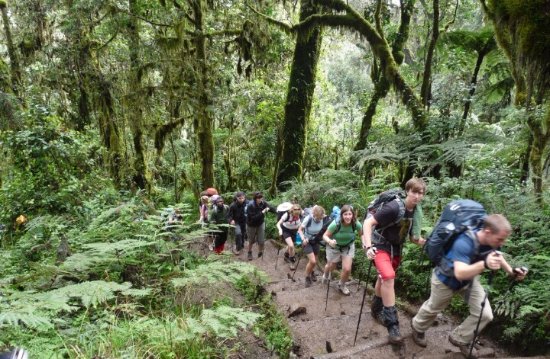
Hike Through Rainforests
Discover lush tropical rainforests filled with unique plants and wildlife at lower elevations.
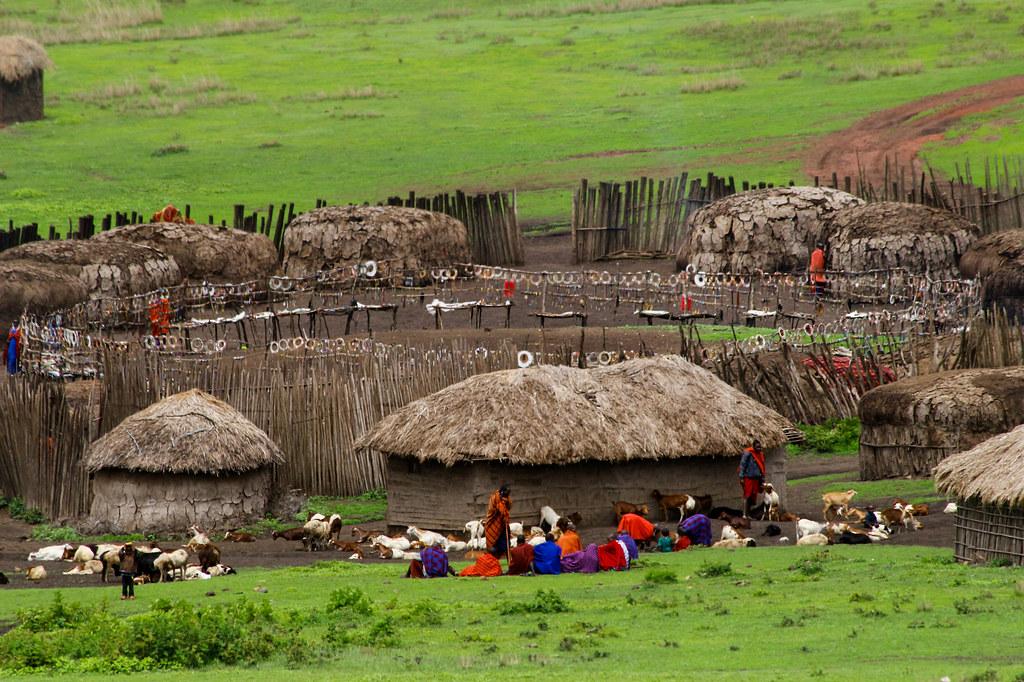
Visit Chagga or Maasai Villages
Learn about the traditional lifestyles and customs of the local Chagga and Maasai communities.
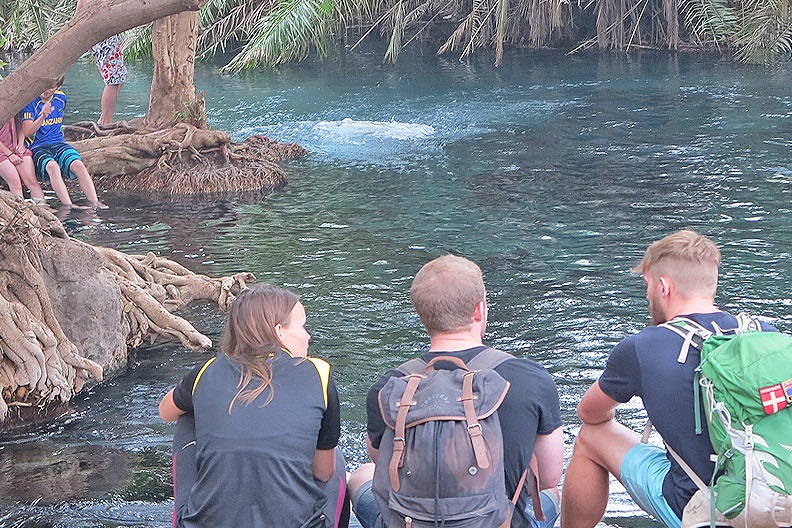
Relax at Chemka Hot Springs
Unwind after your trek in the warm, turquoise waters of the Chemka (Kikuletwa) hot springs.
Discover Mount Kilimanjaro
Wildlife on Mount Kilimanjaro
While Mount Kilimanjaro is best known for its towering peak, the surrounding ecosystems are rich with wildlife. In the forest and lower slopes, you might encounter blue monkeys, colobus monkeys, elephants, bushbucks, leopards, and a variety of smaller mammals. These species are adapted to different altitudes and vegetation zones of the mountain.
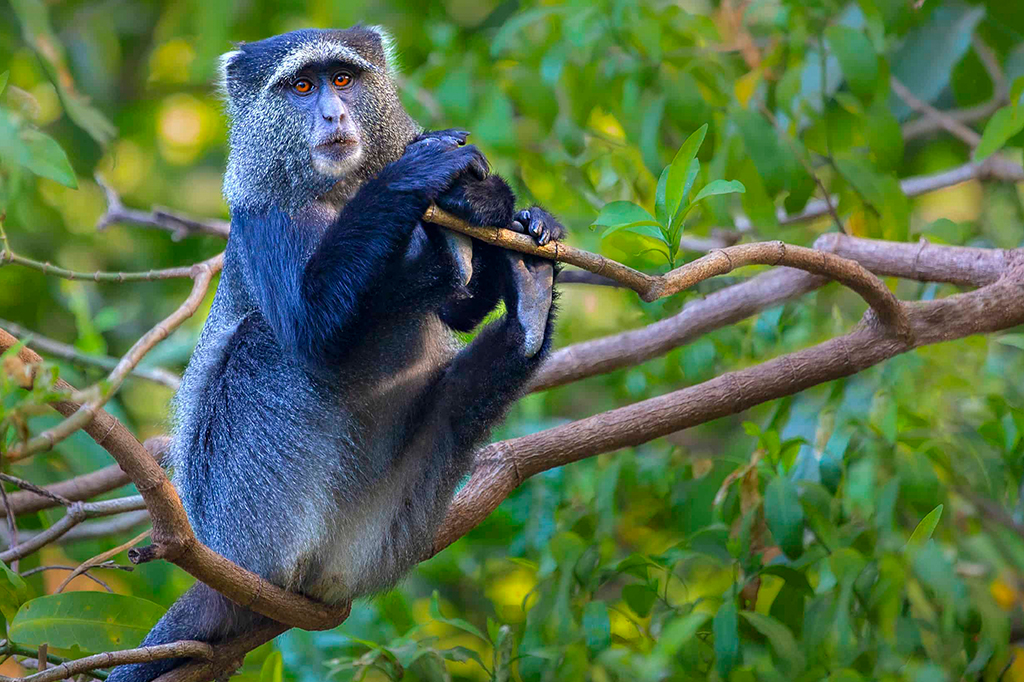
Blue Monkey
Often seen in the forested areas, blue monkeys are social and curious primates that add liveliness to Kilimanjaro's lower slopes.

Colobus Monkey
Known for their striking black and white fur, colobus monkeys are shy tree dwellers often found in groups within the montane forests.
Elephant786.jfif)
Elephant
Elephants roam the lower plains and forest zones of Kilimanjaro, usually in the Amboseli and Kilimanjaro National Park buffer areas.
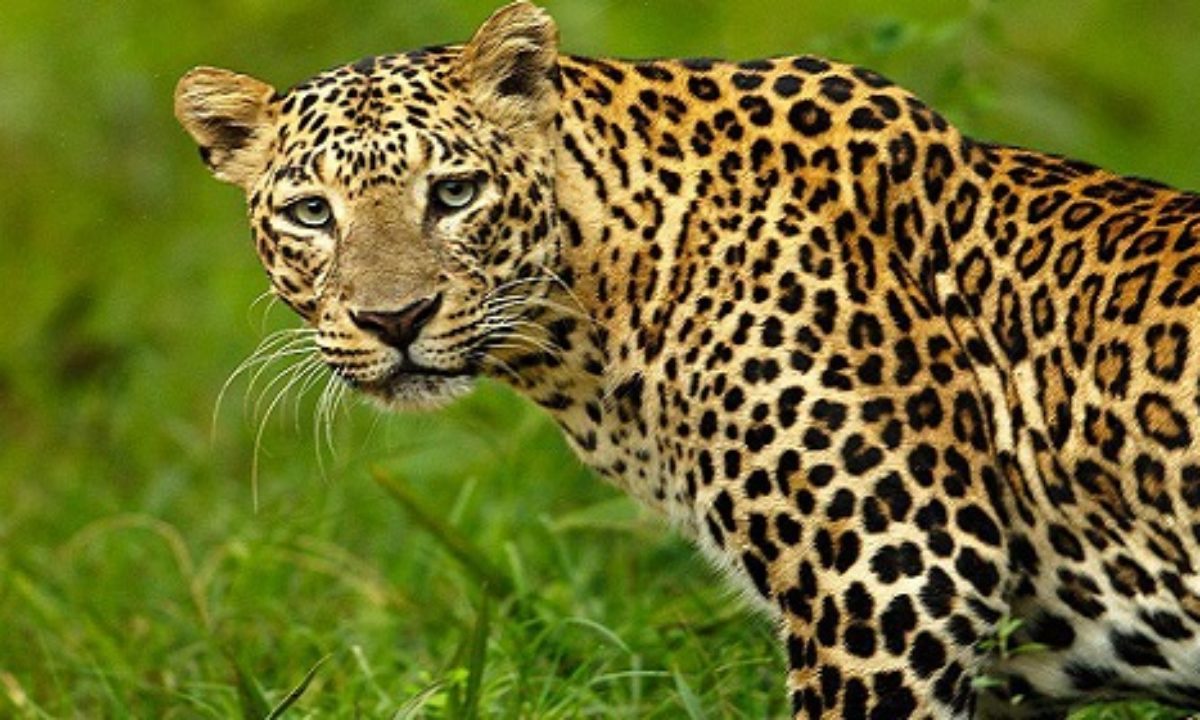
Leopard
Solitary and secretive, leopards inhabit Kilimanjaro's forested regions. They are rare to spot but are an important part of the ecosystem.
Best Time to Climb Mount Kilimanjaro
The best times to climb Mount Kilimanjaro are during the dry seasons: **January to March** and **June to October**. These months offer clearer skies, less rain, and better trail conditions. The wet seasons (April–May and November) can be challenging due to slippery paths and cloud cover.
Climatic Zones of Kilimanjaro
As you ascend Mount Kilimanjaro, you'll pass through five distinct ecological zones:
- Cultivation Zone: Rich farmland with banana and coffee plantations.
- Rainforest Zone: Dense forest with high biodiversity, home to monkeys and birds.
- Heather & Moorland Zone: Open landscape with giant groundsels and unique alpine plants.
- Alpine Desert Zone: Dry and rocky terrain with extreme temperatures.
- Arctic Summit Zone: The glacier-covered peak with freezing temperatures and low oxygen.
Birds of Mount Kilimanjaro
Mount Kilimanjaro offers a haven for bird enthusiasts. From colorful turacos and hornbills in the forest zone to the hardy alpine chats and ravens near the summit, over 180 species have been recorded.
Silvery-cheeked Hornbill7.jfif)
Silvery-cheeked Hornbill
Large and vocal, these hornbills fly in pairs and are found in the forest zones of the mountain.
Alpine Chatsd.jfif)
Alpine Chat
Well adapted to cold, these birds are seen hopping around rocks in the moorland and alpine zones.
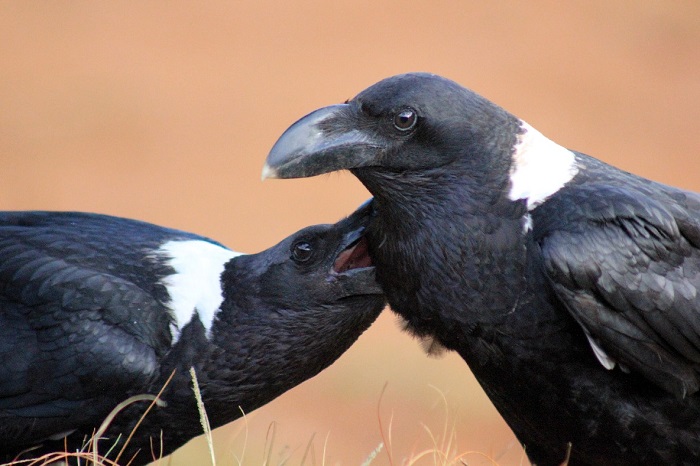
White-necked Raven
A clever and hardy bird, often seen scavenging at higher altitudes near the summit camp areas.
Taciturn Sunbird.jfif)
Taciturn Sunbird
These nectar feeders with iridescent plumage are common among the flowering plants of Kilimanjaro’s moorlands.
What Our Customers Say
Real stories from real people — your satisfaction is our priority.
"Our guide from Neebar Safari was phenomenal! His knowledge of the Serengeti was incredible, and he made sure we saw everything we hoped for, including a leopard! The entire trip was seamless from start to finish. Highly recommended!"
"The most romantic honeymoon we could have ever imagined. The team at Neebar took care of every detail, from the beautiful lodge in Ngorongoro to the stunning beach villa in Zanzibar. It was pure magic. Thank you!"
"As a solo traveler, safety and good company were important to me. Neebar Safari delivered on both. I joined a group tour to Kilimanjaro, and the guides and porters were professional, encouraging, and made the tough climb an unforgettable success!"
"From the first email to the final drop-off at the airport, the communication and organization were flawless. Neebar African Safari truly cares about their clients. I will be booking with them again for my next African adventure."
"We booked a family safari and it exceeded all our expectations. The kids are still talking about the elephants in Tarangire. The vehicle was comfortable, and our guide was fantastic with the children. A 5-star experience!"
🧗♂️ Climbing Mount Kilimanjaro: What You Need to Know
Essential information for planning your summit to Africa’s highest peak.
💰 Climbing Cost
Kilimanjaro climbs range between $1,500 to $4,000 depending on the route, number of days, and the level of comfort. Budget climbs are available, but mid-range or premium packages ensure safety and better acclimatization.
📅 Best Time to Climb
The best months are January–March and June–October. These are the driest seasons with clearer skies and lower rainfall — ideal for trekking and summit success.
🌦 Mount Kilimanjaro Weather
Weather varies drastically by altitude — expect warm days at base and freezing temperatures near the summit. Rain is more frequent in April–May and November.
⏱ Duration of the Climb
Most routes take between 6 to 9 days to complete. Longer routes improve acclimatization and increase your chances of reaching the summit safely.
🏔️ Best Places to Stay Near Mount Kilimanjaro
Carefully selected lodges and hotels for an unforgettable Kilimanjaro experience.
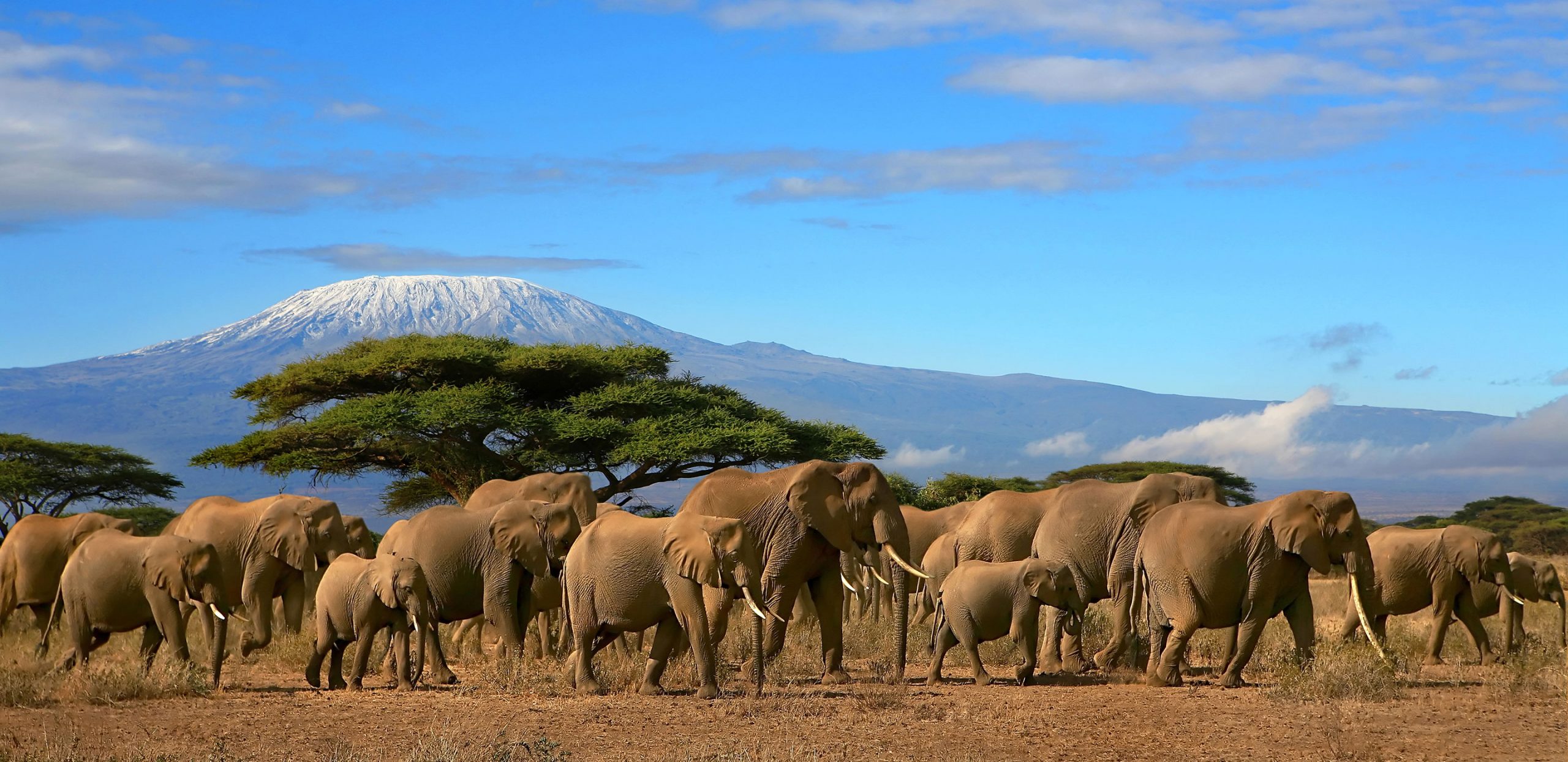
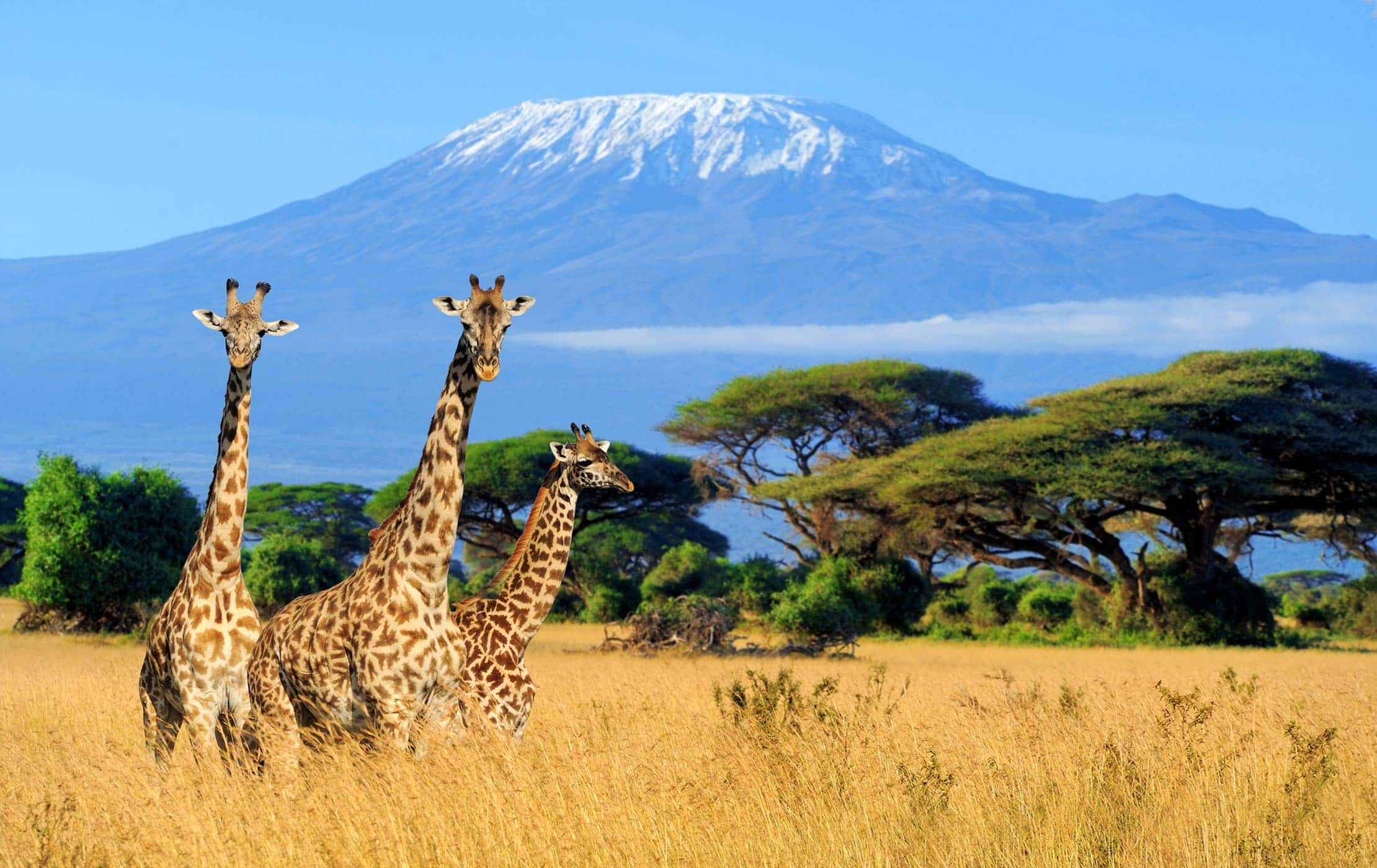

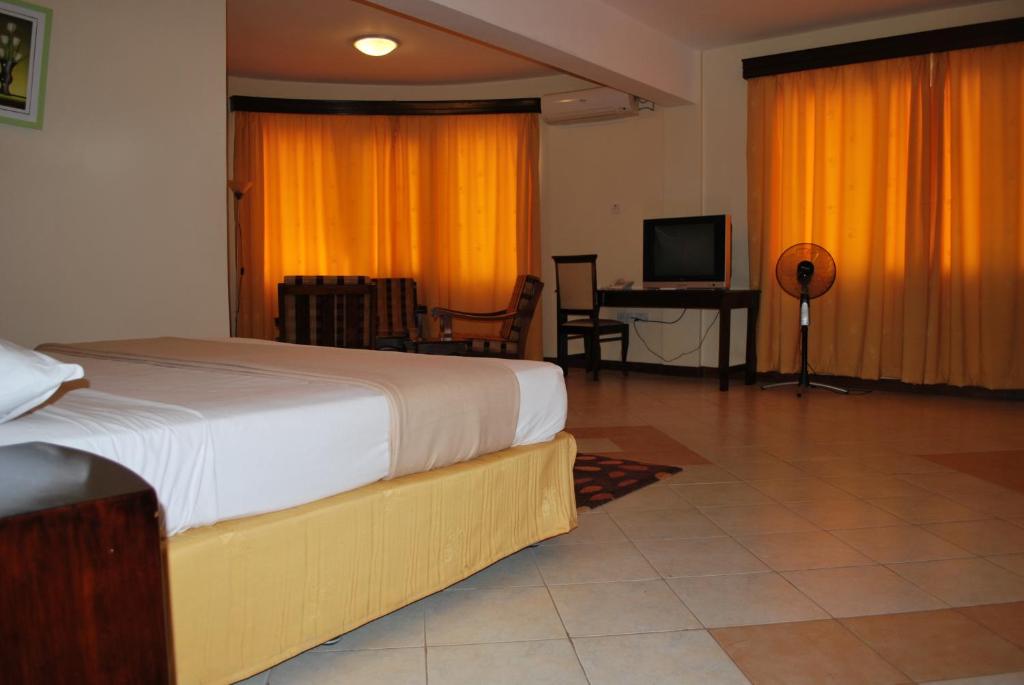
Bristol Cottages090.jfif)
Springlands Hotel.jfif)

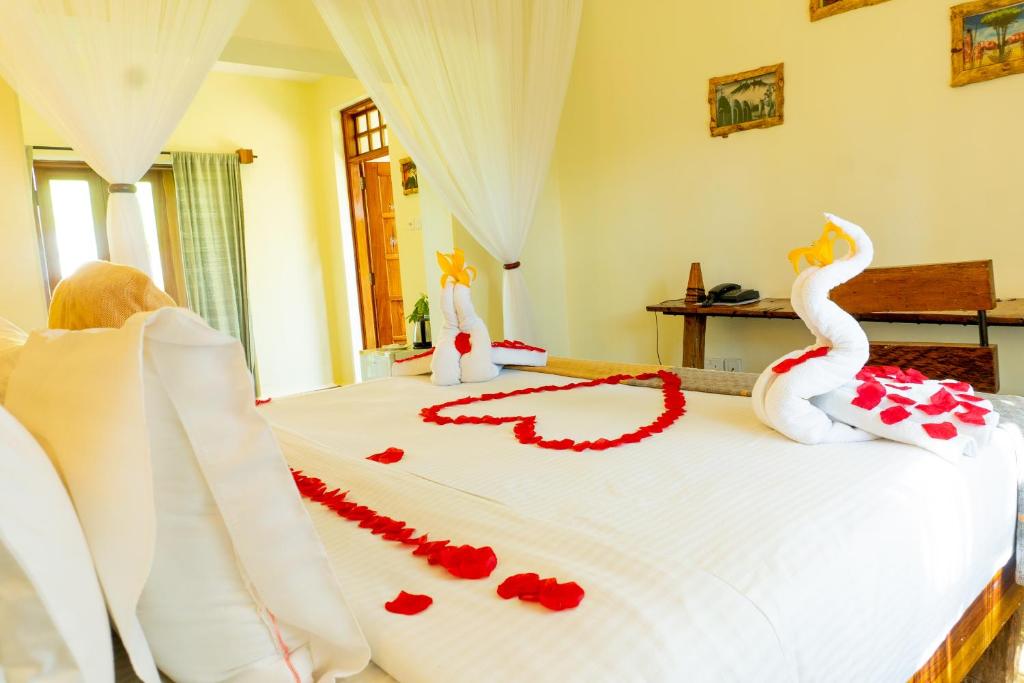
Leopard Hotel.jfif)
Parkview Inn.jfif)
